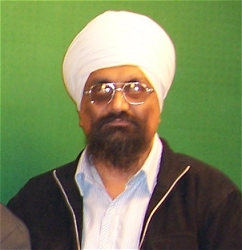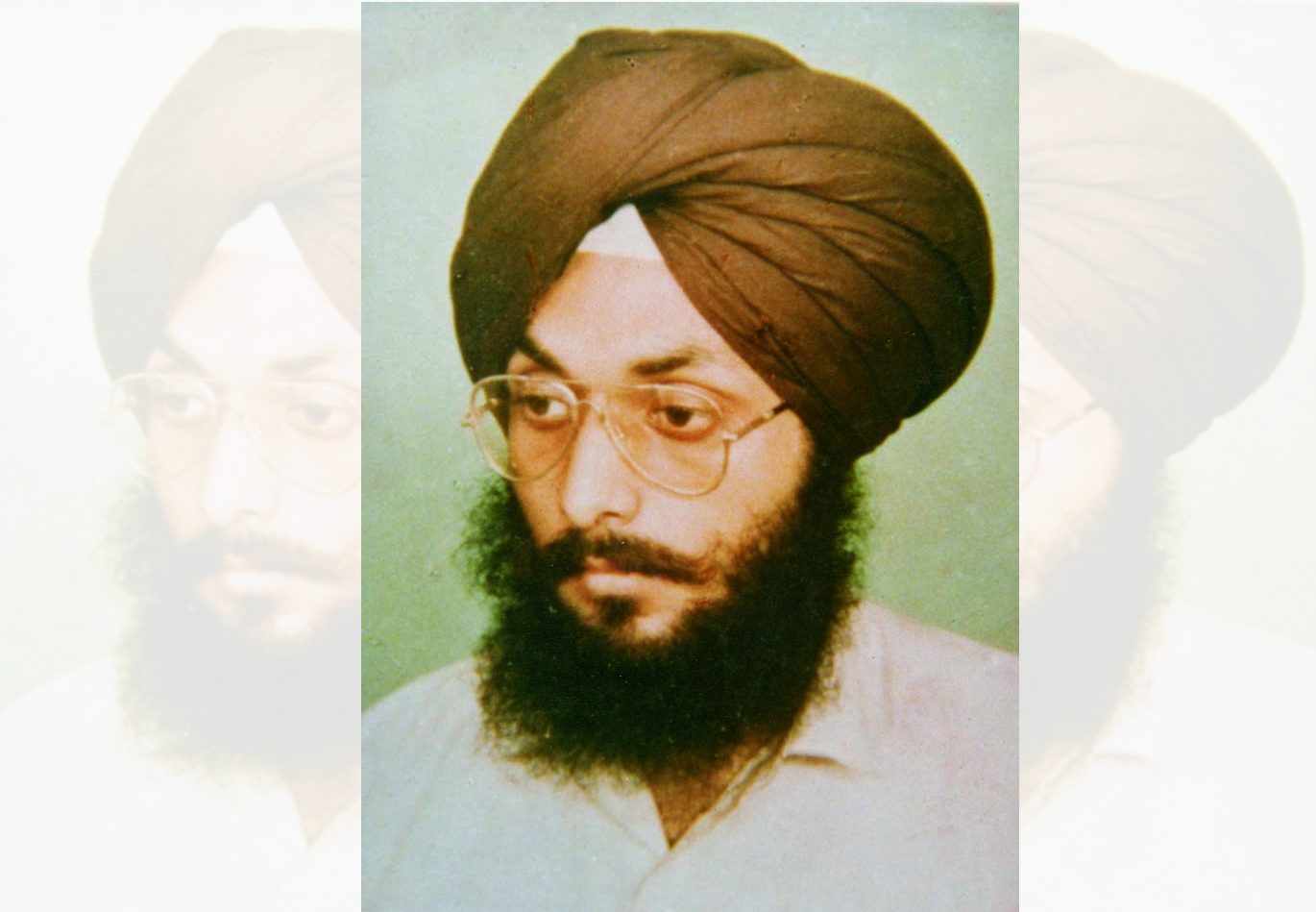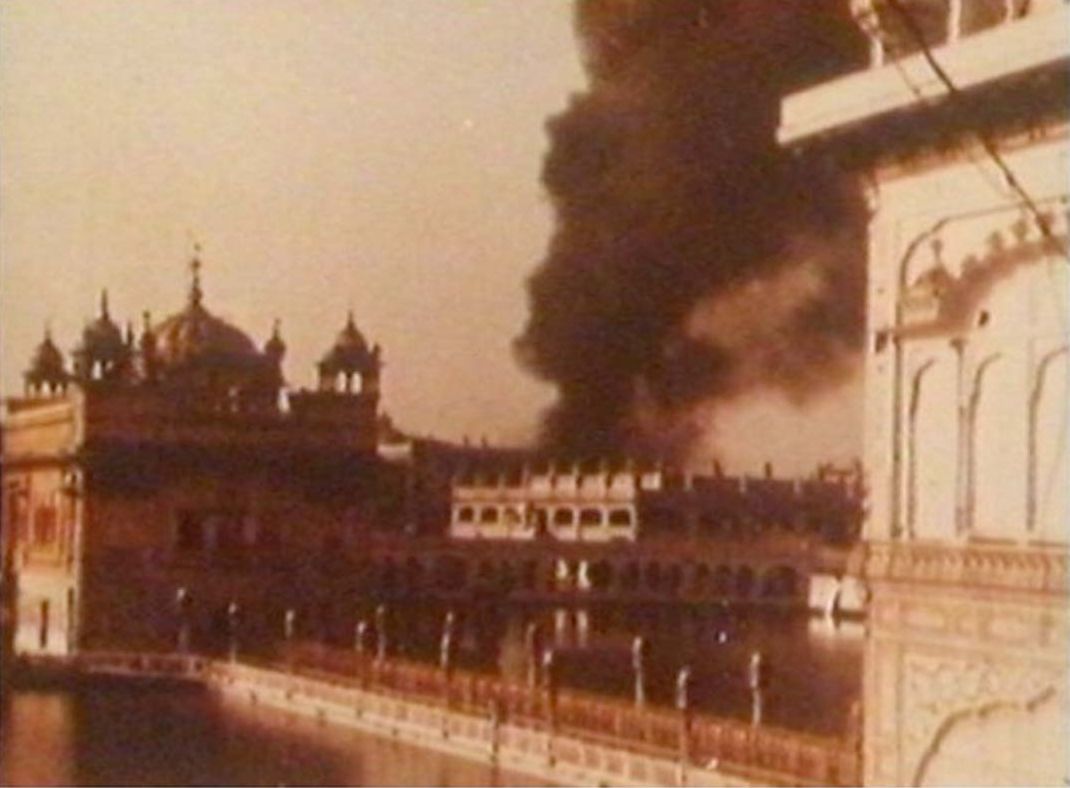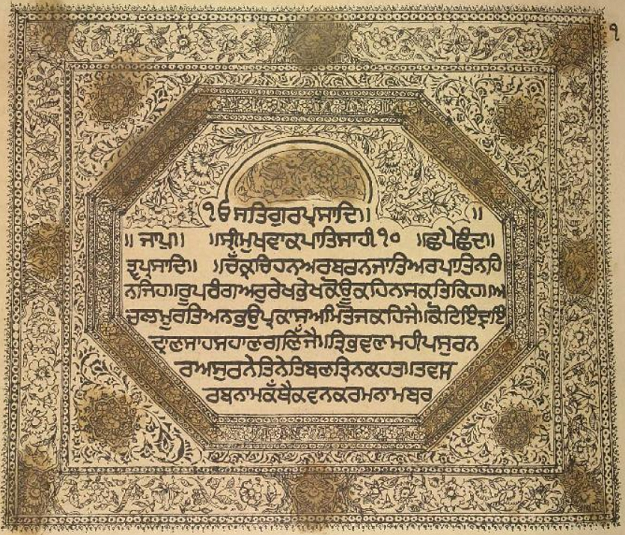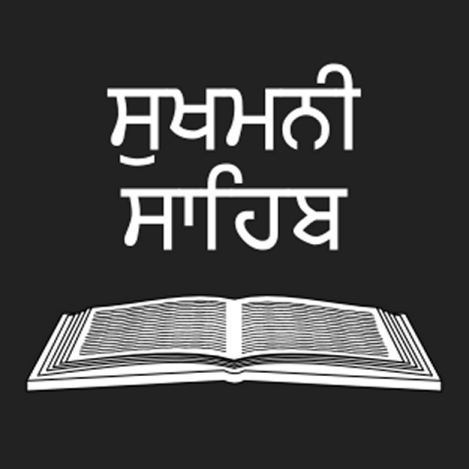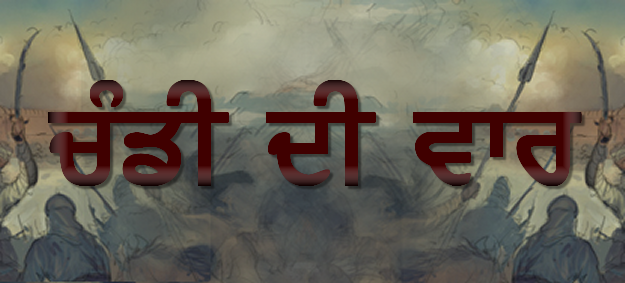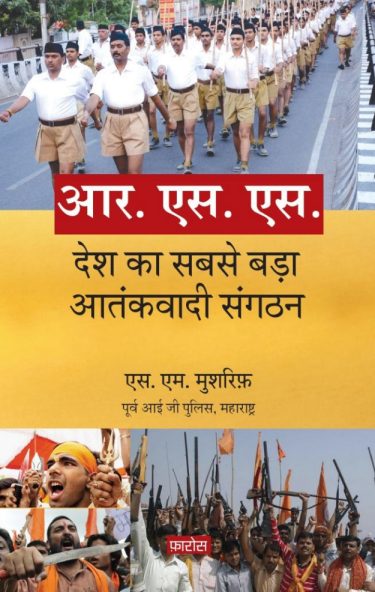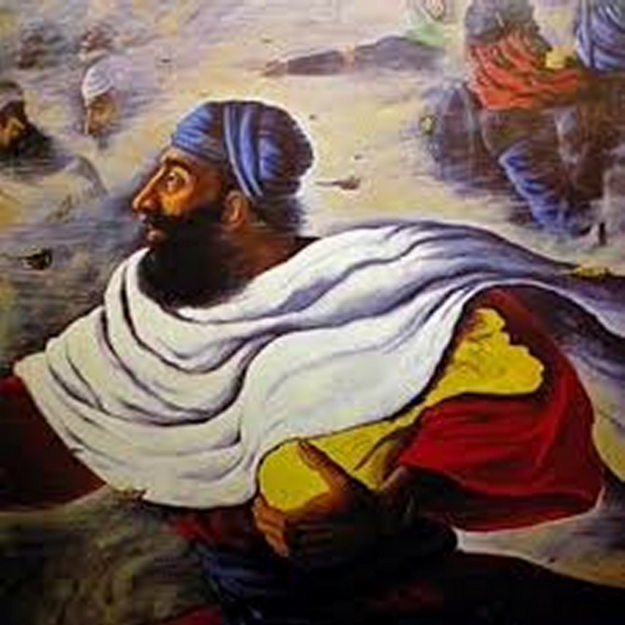
He looks like the rishies of old and the Khalsa of Guru Gobind Singh—a veritable combination of courage and compassion, a total embodiment of unselfishness and service.
Any visitor to the city of Amritsar who keeps his eyes open, cannot fail to notice black wooden boxes, bearing crude writings in white in Hindi, Punjabi, Urdu and English, placed in crossings and public thoroughfares, reminding him of the duty he owes to his brethren, the sick and suffering, the aged and the infirm. At some places he may come across large wooden blackboards bearing extensive writings of a similar type seeking to strike a sympathetic chord in him or containing a homily on civics and morality, religion and philosophy. If he were to pause and read, he would surely find that these are the insignia of Pingalwara (literally a home of the cripple) - a unique institution founded by an equally unique person.
He is a tall, shabbily dressed man, who may be found tramping with his wooden sandals or riding a rickshaw, along with an invalid. He always carries a brass bell hanging by his side and announcing his arrival. This man, you may call him a superman, even an angel, goes by the name of Bhagat Puran Singh.
He was born and brought up in a Hindu family of village Rajewal (Rahnon) in Ludhiana district but he found greater solace and inspiration in the teachings of the Sikh Gurus, when, in spite of his intense passion for learning, poverty forced him to discontinue his studies in the tenth class of high school. So he adapted his erstwhile worldly dreams, for their fulfillment, to a nobler atmosphere of spirit that the Gurdwara Dehra Sahib of Guru Arjan Dev and Shahid Ganj of Bhai Mani Singh, the princes among the martyrs, provided for him at Lahore. He, therefore, lost no time in taking a vow of celibacy dedicating his life to the service of suffering humanity. He started at Lahore his career of social and humanitarian activities.
This was in the year 1924 when Puran Singh was hardly a youth of 19. Since then, he has been indefatigably carrying on his altruistic activities, day and night in scorching heat and biting cold, in rains and d despite dust storms, undeterred by adversities, undaunted by criticism, and unruffled by the obstacles that crop up on the path of social service. His enthusiasm knows no bounds and his determination remains unshaken. Friend of the forlorn, helper of the helpless, a ready nurse for a patient of any disease however loathsome, infectious, unmindful of his personal health, safety or convenience; making not the slightest distinction on the basis of caste, creed or community regarding the person in need of his service; this single man has, by his example and precept, inspired many and with their cooperation has, in a short space of nine years, built from scratch what may justly claim to be an institution.
You may not know Bhagat Ji, but if he were to come to sense you as a man who can assist him in furtherance of his noble cause, even to a small extent, he is sure to find you out, and may even urge you to help and contribute to his cause. To the writer he became known in about the year 1940 when he walked barefooted and half naked on the roads of Lahore, usually with a crippled boy as a sacred load on his back and picking up all things like stones, metal pieces, banana peels, nails, horseshoes and brickbats that may interfere with the convenience and safety of vehicles and the public. His humanitarian activities justified the renewal of his acquaintance and casual visits of the writer to the place of his activities.
Though unable to have academic education within the four walls of a regular educational institution, Bhagat Puran Singh, on account of his inborn zeal, has by constant personal effort, acquired a vast amount of knowledge on various topics and in the words of Principal Teja Singh "has reached the highest level of thought through practically associating himself with the realities of life". This passion of learning he manifested very early and is associated with an equally great enthusiasm to spread light of knowledge among others. He has, therefore, accumulated a large collection of books and old copies of several journals. The number of books and journals is evidently sufficient for running a small library and a reading room.
In the main ward is housed another section of the publications, and printing press which has to its credit not less than sixty books, booklets, pamphlets, posters and placards. Looking at the wide range of the subject of his publication, it can be said without exaggeration that his printing department is verily a transmitting station of valuable information for the guidance and reconstruction of man and society.
Original in its concept, the institution represents a natural outcome of an irresistible urge of Bhagatji to do his best for the poor and helpless patients, who cannot gain admission into the hospitals. Such an idea could, as a matter of fact, take its birth in the mind of a poor man only and not of that of a rich man, because the approach of each, to such a social problem, is radically different. A rich person always thinks in terms of endowing money and running his own independent hospital, self-contained in every respect. He thinks of providing his own doctors, his own equipment with medical or surgical apparatus, an aspect of the hospital, which is very costly as it eats a lion's share of the hospital's maintenance funds.
This is all very well in a place, where there is no hospital. But in a central city like Amritsar, where a highly equipped hospital exists, what is needed by the common man, is not another equally self-contained hospital, but greater boarding facilities, so that he may be able to avail himself of the outdoor treatment provided by the central (standard) hospital. The question of opening another hospital at one place arises only when the existing facilities for outdoor treatment are exhausted, since extension of outdoor facilities in a well-equipped hospital costs only a fraction of the outlay necessary for an additional hospital. This, according to Bhagatji, is the raison-de-etre of Pingalwara and a suggestion for the consideration of rich persons, interested in founding hospitals for public good.
Another contention of Bhagatji is that, howsoever rich a man may be and howsoever great his endowment, in the matter of establishing or running a hospital, he cannot compete with or equal the collective effort of society. Puran Singh's resourcelessness had led him to the finding of a solution that has surpassed that of the wealthiest man with his big endowment. In his resourcelessness he could not think of any big endowment of money but the aforesaid two ideas, which are greater than big endowments.
The problem of sickness in our country is awfully large. The helpless and the homeless patient dying on the roadside is a very common sight with us. In the city of Amritsar, by no means wealthier than other cities of India, rather smaller in size than many of them, not even the seat of government, the problem of the helpless patients continued to persist for a long time before the partition of the country. Though very rich and noted for their philanthropy, the people of this city could not dream of the miserable plight of such persons as are now looked after in the Pingalwara. With our people, so poor is the notion of human dignity that the spectacle of a helpless patient dying on the roadside, unattended and uncared for, is taken as the inevitable fate of a human being.
As a man of deep religious feelings and convictions, Bhagat Puran Singh has solved this question by invoking and canalising the religious sentiments field hitherto neglected even by notable men of all religions. He has thus thrown a challenge to the religious people, to take up earnestly this great neglected cause. This negligence mars the dignity of man and degrades our nation in the eyes of other advanced people. Here is a call not only to the normal ritual, charity to divert its flow but also to the daily charity in petty sums of an anna or two. (five paise coin or ten paise coin).
It is unfortunate that the word Pingalwara coined by Bhagat Ji, does not fully convey the scope of its various activities and, for some people, creates a queer impression, such as that of a leper asylum but the word is gaining a household currency in Northern India. The appalling shortage of beds in the hospitals is resulting in pushing a constantly increasing number of patients to the Pingalwara which in Northern India, is now shouldering a central burden and as such is entitled to obtain help from all persons in the region.
However, further to enlist the sympathy of the public, a good deal of publicity work has to be done in the territory. For this, more funds are required since the income, though apparently large, is not keeping pace even with basic expense of Pingalwara and the inevitable gap not only keeps the standard of service in the institution too low but also leaves little margin for further developmental work, including publicity, for which Bhagat Ji has to make special efforts to secure funds from persons interested in this sort of work.
Puran Singh's Pingalwara is truly a nucleus of a great humanitarian movement. He has revived those Sikh legends which had become almost unbelievable. In this respect his example will serve as a beacon light for all aspirants emerging from low stations of life.


